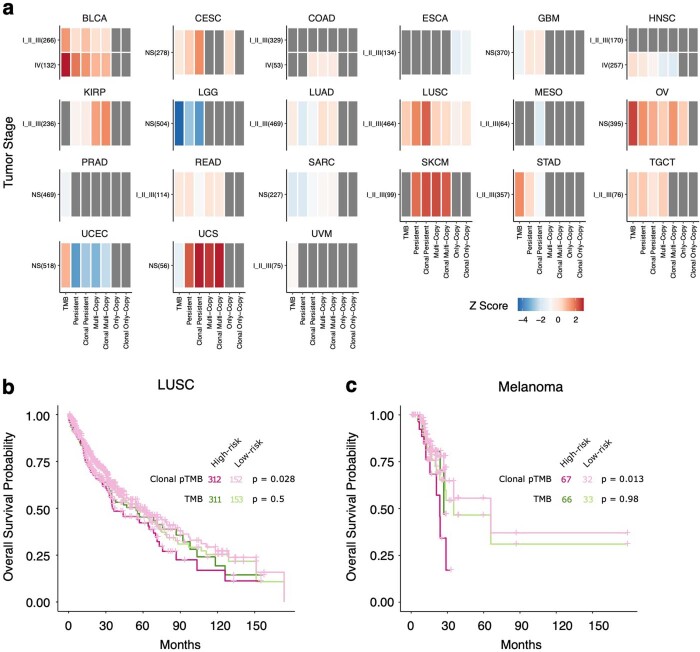Extended Data Fig. 7. Context dependence of the association between pTMB and overall survival.
(a) The association between persistent mutations and TMB with overall survival was assessed for 8,925 individuals across 31 cohorts in TCGA. For each tumor type and stage combination, a Cox proportional-hazards (CoxPH) model predicting the overall survival is built for each of seven features (TMB, persistent mutations-pTMB, clonal pTMB, multi-copy mutations, clonal multi-copy mutations, only-copy mutations, clonal only-copy mutations; Continuous CoxPH model). In 21 tumor types shown, an increase in at least one of the seven features listed was associated with longer overall survival and a second CoxPH model was used to assess the difference in overall survival between tumors in the top third and bottom two thirds of predicted risk (Categorical CoxPH model). Heatmap cells depict the Z-score of the model coefficient from categorical CoxPH model. Grey indicates cases where an increase in feature value is associated with shorter survival. A significant association of pTMB with prolonged overall survival was noted for lung squamous cell carcinoma, melanoma and UCS. (b) Patients with early stage (I, II, and III) squamous lung cancer (n = 464) harboring a high pTMB (low risk) had a significantly longer overall survival compared to patients in the low pTMB (high risk) group especially when clonal pTMB was considered (pTMB: 56.27 vs 43.86 months, log-rank p = 0.085; clonal pTMB: 60.48 vs 35.32 months, log-rank p = 0.028), while no difference was found between high vs. low TMB risk groups (TMB: 55.16 vs 54.37 months, log-rank p = 0.50). (c) Similarly, for patients with early stage melanoma (n = 99), tumors with higher pTMB (low risk) had a significantly longer overall survival compared to those with low pTMB especially when clonal pTMB was considered (pTMB: 65.83 vs 23.69 months, log-rank p = 0.036; clonal pTMB: 65.83 vs 23.69 months, log-rank p = 0.013); while no such difference was observed for TMB-high vs low tumors (35.15 vs 26.97 months, log-rank p = 0.98).

